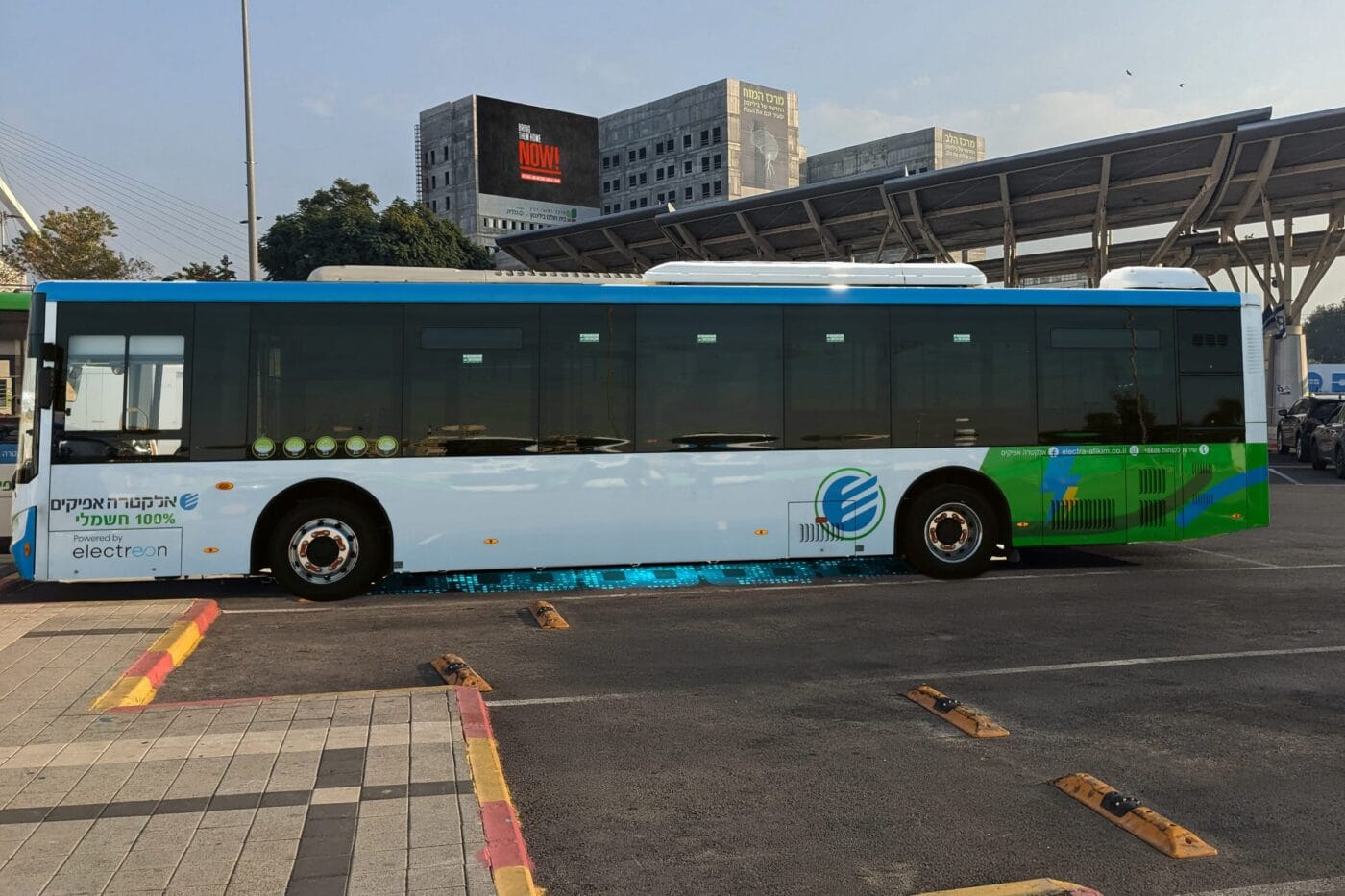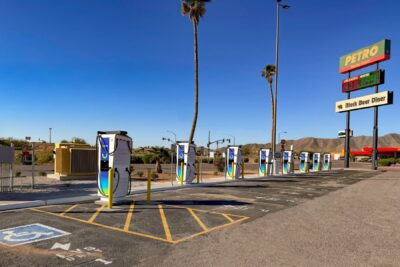Electreon launches second inductive charging project with public transport operator
This bus depot is located in Rosh HaAyin and was put into operation in November 2023. Based on the success of this first project, Electra Afikim now plans to deploy Electreon’s technology at the Ovnat terminal in Petah Tikva, a large suburb of Tel Aviv and also close to Rosh HaAyin.
The renewed collaboration follows a year and a half of intensive daily operation at the Rosh HaAyin depot, where 23 electric buses equipped with Electreon’s inductive charging technology are charged both overnight and during the day while parked. Electra Afikim was seemingly impressed by the Electreon solution, as it now wants to introduce it to a second location.
Oren Ezer, CEO of Electreon, said: “A returning customer is the best proof of the immediate value of Electreon’s wireless charging solution. We thank Electra Afikim for their continued trust, and I believe that the advantages of wireless technology—increased driving range, cost savings, and the ease and convenience of charging—will drive further expansion of our activities both in Israel and internationally.”
However, the deployment scenario of the new project differs from night-time depot charging. Instead, Ovnat is a bus terminal with several stops. The inductive charging system from Electreon is installed underground beneath the passenger bays, enabling automatic charging when the buses pick up and drop off passengers. This is the principle of ‘opportunity charging’, where charging only takes place for a very short time during a stopover, and usually at a very high power level. However, Electreon does not reveal how high the charging power is at the Ovnat bus terminal.
Other bus operators commonly set up opportunity charging with a pantograph charger installed on the vehicle roof. This often involves equipping terminal stops on bus routes with a corresponding charging system, which the electric bus can use to draw new power without the driver even having to get off the bus. Unlike pantographs on electric buses, which are reminiscent of the pantographs on trams, Electreon’s inductive charging system does not require any contact. Instead, the vehicle simply has to position itself over the charging station embedded in the floor, and the charging process can begin immediately.
According to Electreon, opportunity charging extends the daily range of electric buses and promotes the long-term health of the battery. By maximising vehicle uptime and minimising the need for extended charging and “oversized batteries,” as Electreon writes, the system offers a competitive advantage. In addition, the system works autonomously without the need for driver or staff intervention, delivering power seamlessly around the clock.
The Ovnat terminal is located just eleven kilometres from the Rosh HaAyin depot and is directly opposite a shopping centre and next to a train station, making it an important hub in the city’s transport network.
The project will initially support Electra Afikim’s existing fleet of 23 electric buses, which are already equipped with Electreon technology from the Rosh HaAyin depot project. Electra Afikim also plans to expand its fleet with additional electric buses. Designed for scalability, Electreon’s system can be expanded along bus routes in the future to enable dynamic charging on the move, increasing range, minimising downtime and reducing reliance on large, costly batteries.
Electreon not only offers inductive charging stations over which the respective vehicle must stop, but also dynamic charging while travelling. This requires the relevant roads to be prepared with induction coils that are embedded in the road surface. In Haifa, the bus network is soon to be equipped with a combination of both charging solutions. Near Paris, a 1.5-kilometre section of motorway has just been equipped with dynamic charging technology.





0 Comments